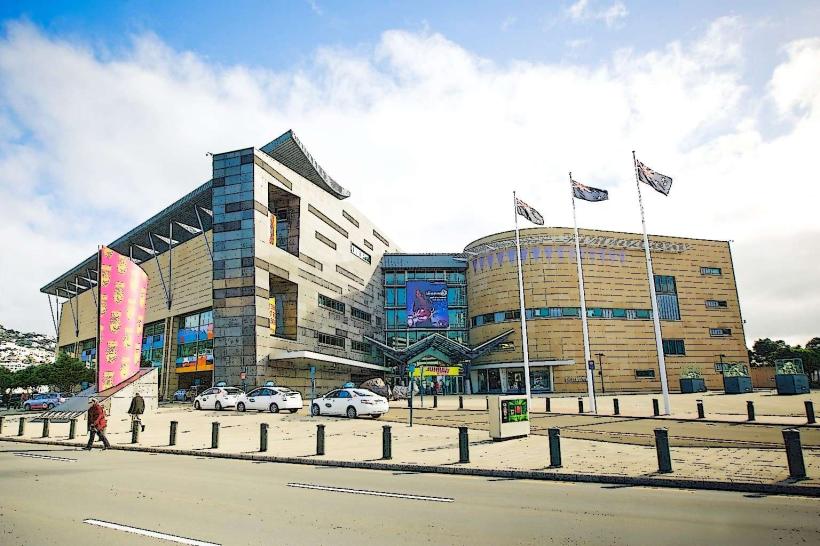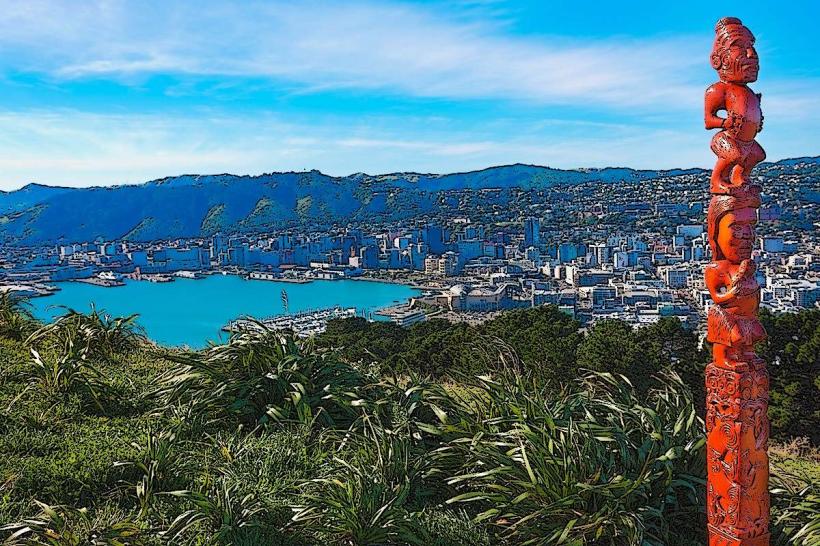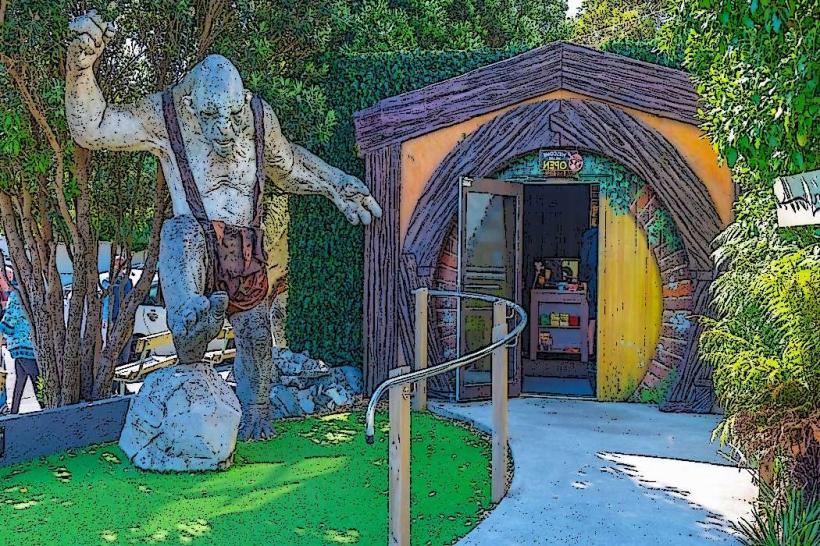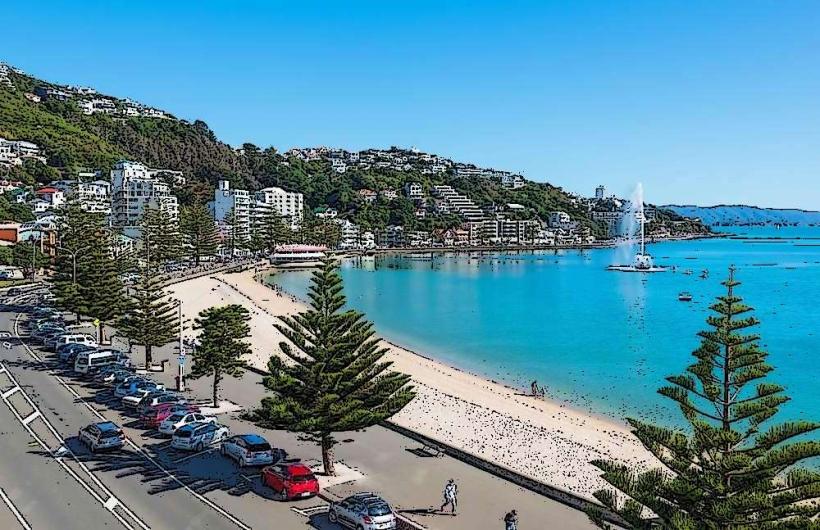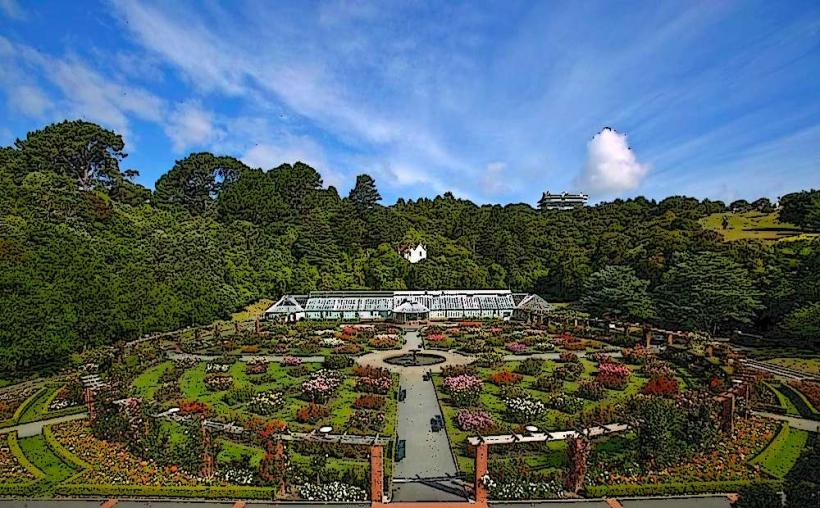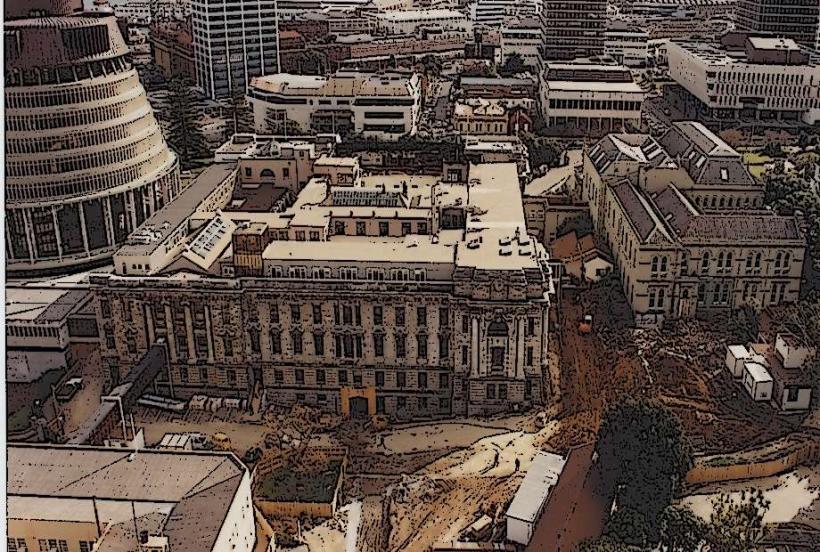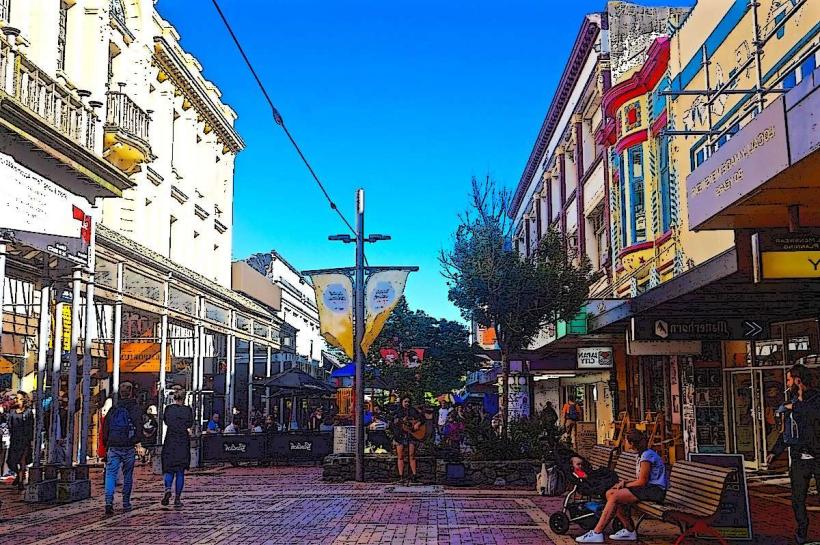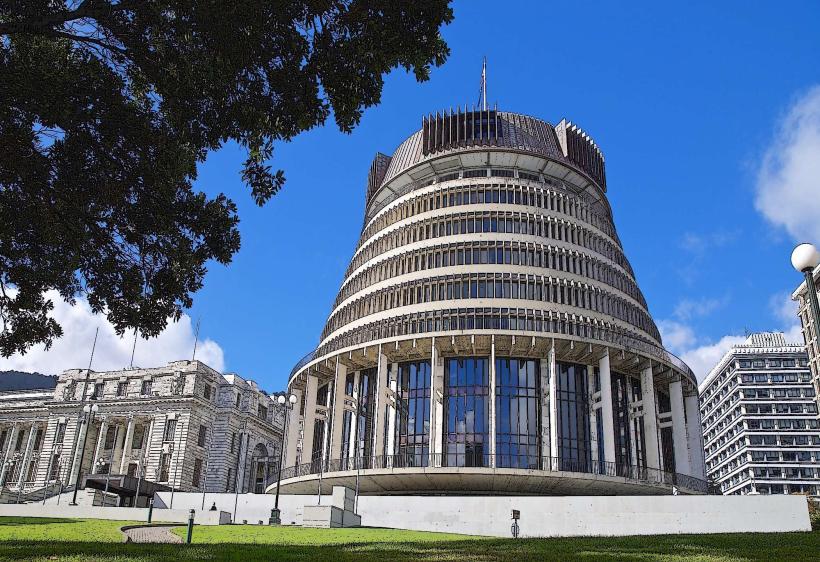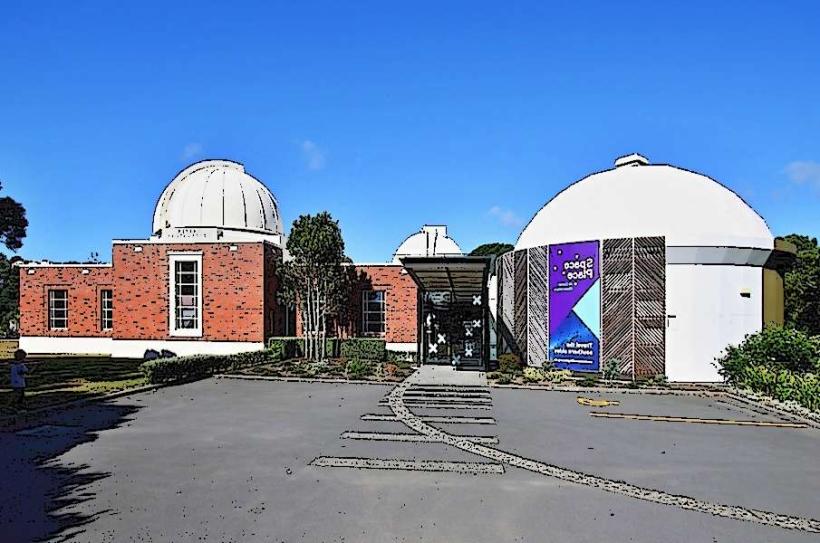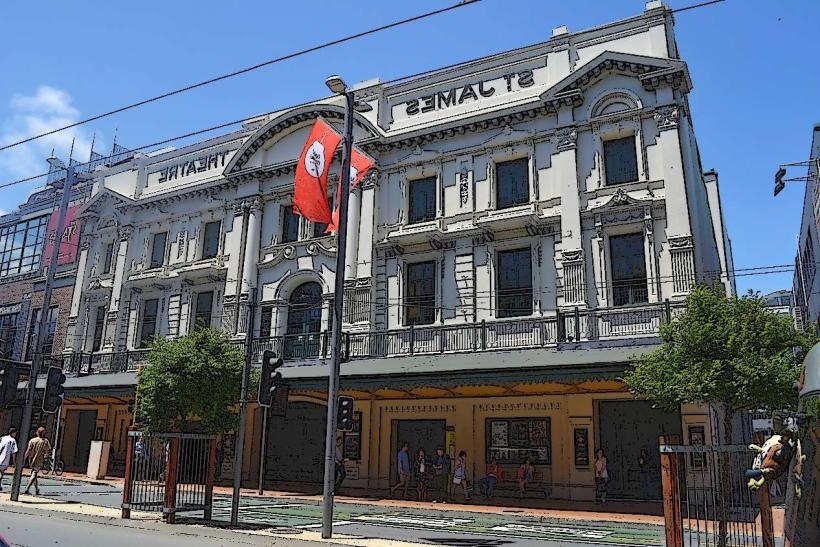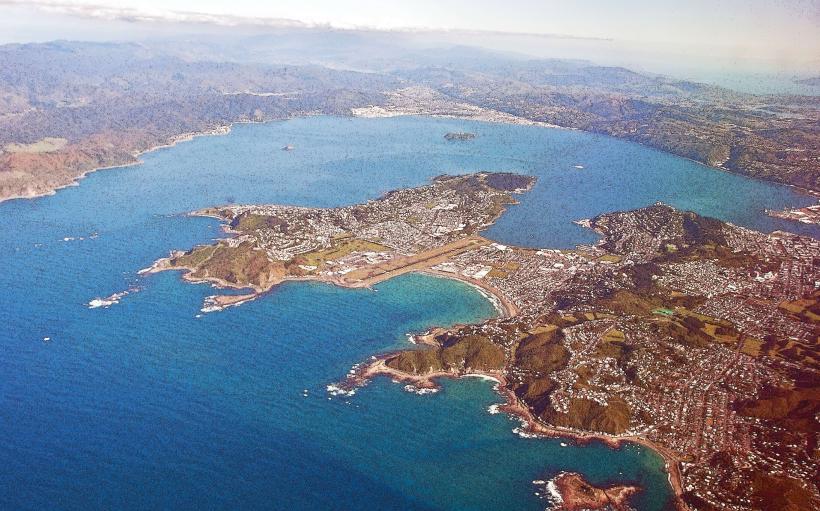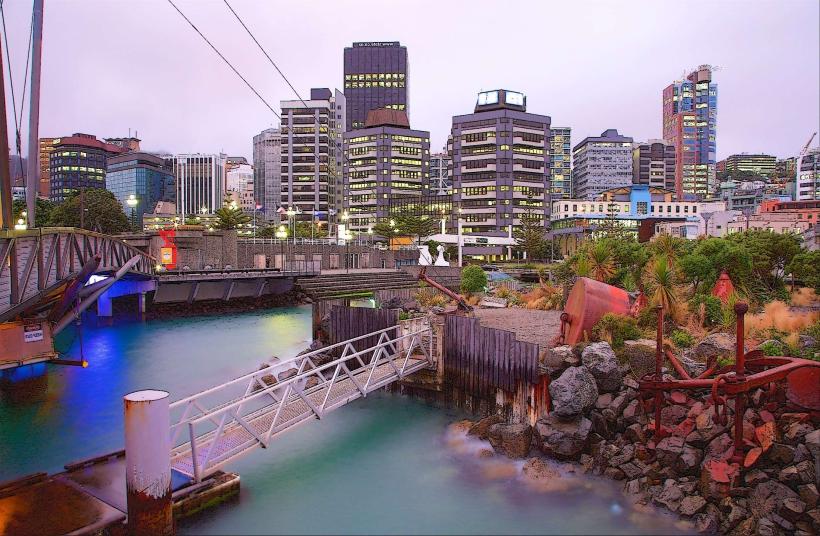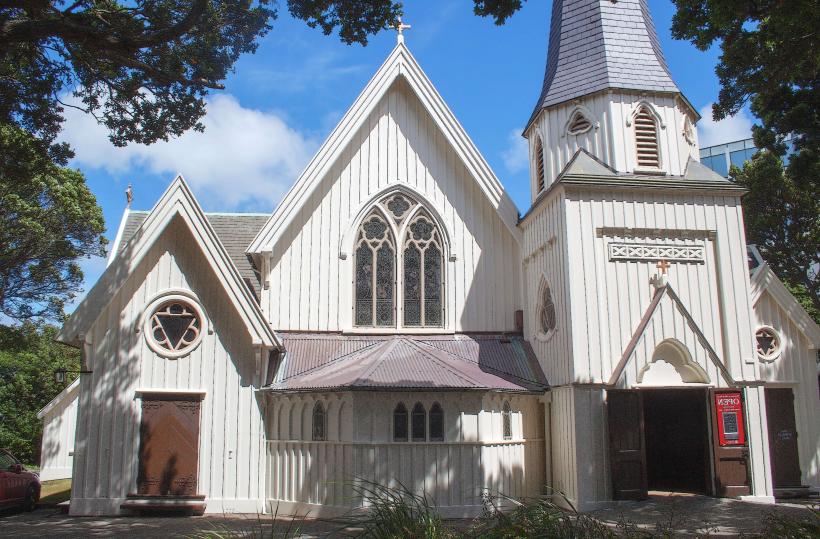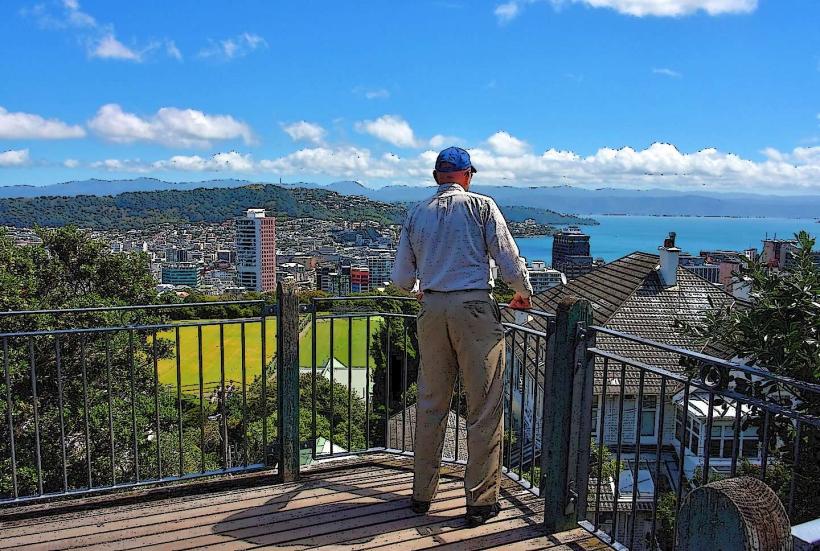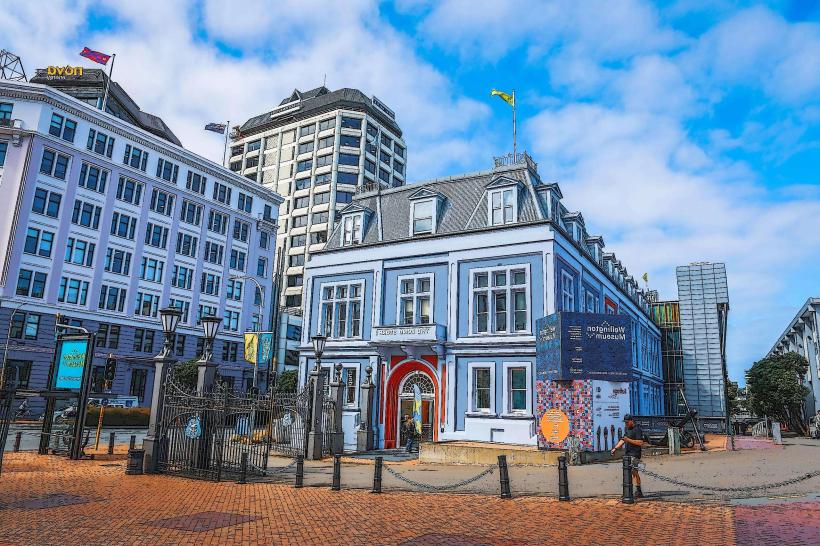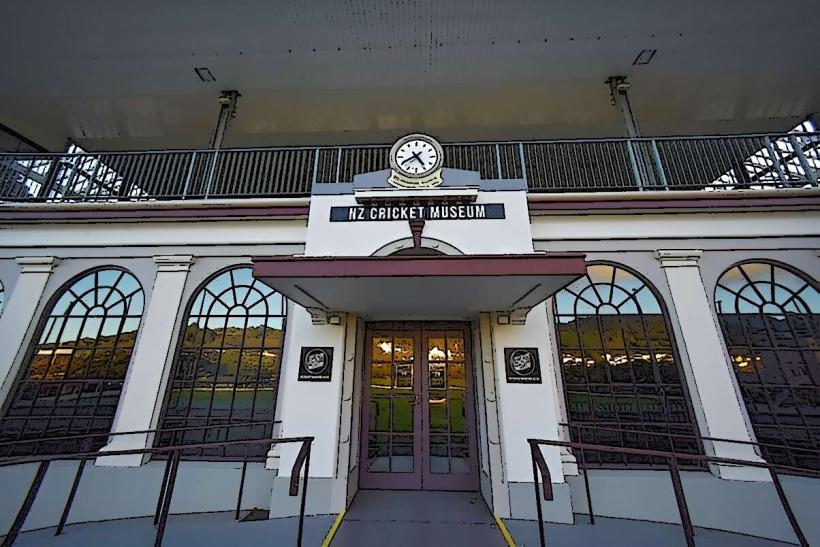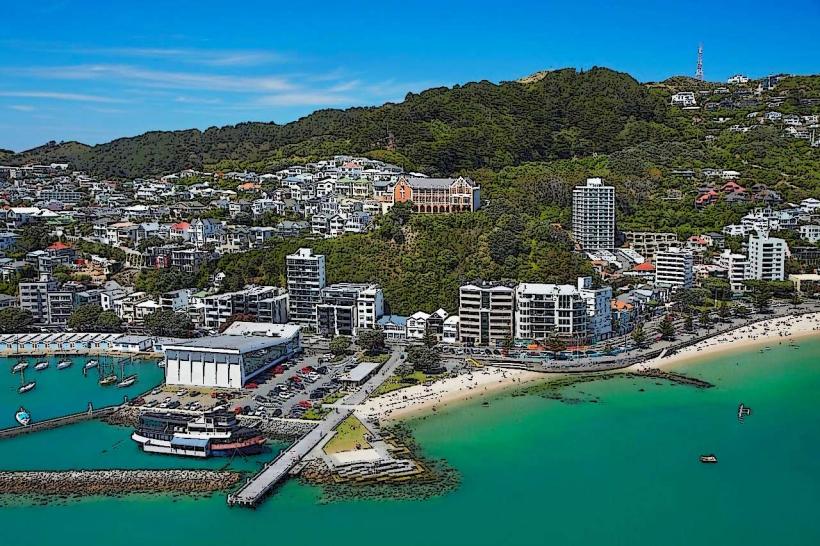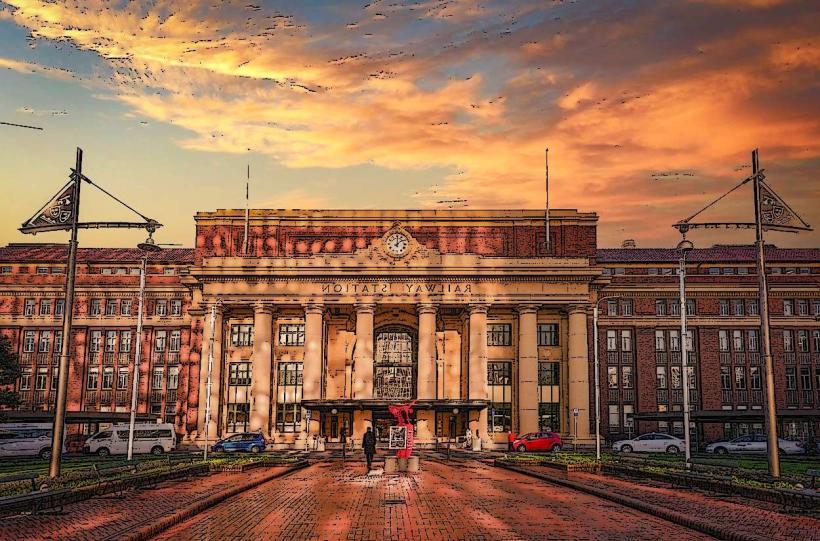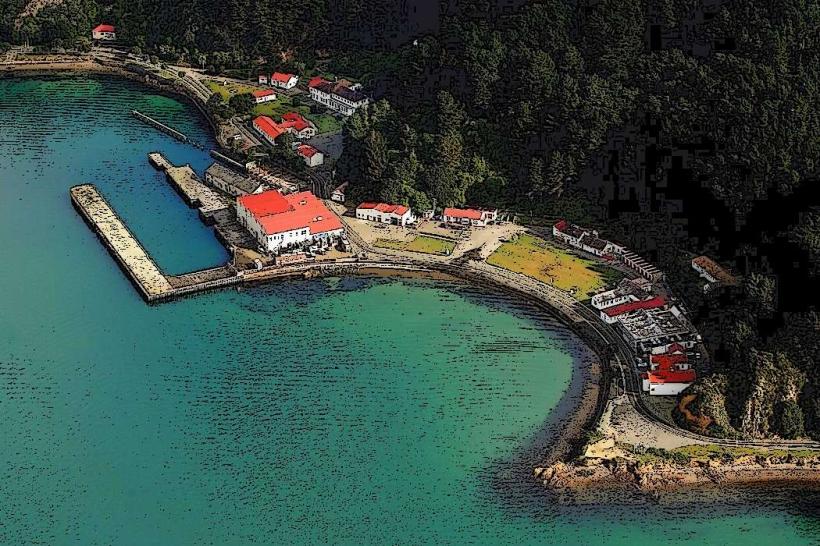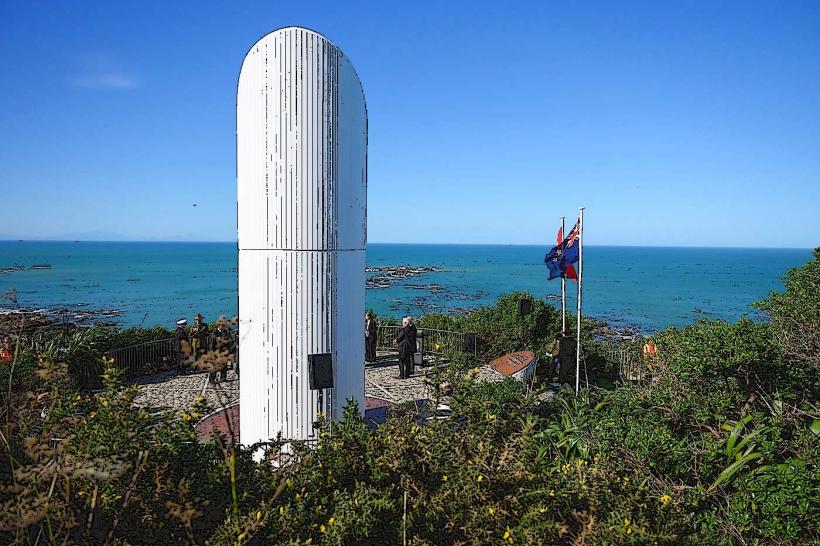Information
Landmark: New Zealand ParliamentCity: Wellington
Country: New Zealand
Continent: Australia
The New Zealand Parliament is the supreme legislative body of New Zealand, responsible for creating, amending, and repealing laws that govern the country. It is a bicameral legislature, meaning it has two chambers, although only one chamber is currently functional due to the abolition of the upper house in the mid-20th century. The Parliament's key functions include making laws, debating policies, scrutinizing the government, and representing the public's interests.
Key Features of the New Zealand Parliament
1. Structure of the Parliament
The New Zealand Parliament consists of two main components:
The House of Representatives: This is the lower house of Parliament, which consists of 120 members (MPs), elected by the public in general elections. The House of Representatives is the primary legislative body, and its members debate and vote on proposed laws (bills). The House also holds the government accountable through questioning and scrutiny.
- Elections: Members are elected every three years under New Zealand’s Mixed-Member Proportional (MMP) system. This system ensures that the proportion of votes each party receives in the election closely reflects their representation in Parliament.
- Government: The Prime Minister and Cabinet Ministers are typically drawn from the members of the House, and they lead the executive branch of the government.
- Opposition: The Opposition parties are represented by MPs who are not part of the governing coalition. Their role is to question and scrutinize the policies and actions of the government.
The Governor-General: While New Zealand is a constitutional monarchy with the British monarch (currently King Charles III) as the head of state, the Governor-General represents the monarch in New Zealand. The Governor-General’s duties include formally opening Parliament, signing bills into law, and appointing the Prime Minister after elections.
2. The Legislative Process
Bills and Legislation: When a proposed new law, or bill, is introduced in Parliament, it goes through several stages:
- First Reading: The bill is introduced and its title and purpose are read out.
- Second Reading: The general principles of the bill are debated.
- Committee Stage: Detailed examination, debate, and possible amendment of the bill occur in a committee.
- Third Reading: Final approval of the bill after further debate.
- Once approved by the House of Representatives, the bill is then passed to the Governor-General for Royal Assent, at which point it becomes an official law of New Zealand.
Select Committees: These are specialized committees made up of MPs that examine specific issues in detail. They play an essential role in the legislative process by scrutinizing bills, discussing public petitions, and investigating various matters on behalf of Parliament.
3. The Role of the New Zealand Parliament
Making Laws: The primary role of Parliament is to create and amend laws. Laws are proposed in the form of bills, debated, and voted on by MPs in the House of Representatives.
Scrutiny and Accountability: Parliament holds the government accountable through questioning ministers, debates, and investigations. The opposition plays a critical role in challenging government policies and proposing alternatives.
Representation: Parliament represents the interests of New Zealand’s citizens. MPs are elected to represent their constituents and advocate for policies that benefit their communities.
Public Engagement: Parliament provides opportunities for public participation through the submission process, where citizens can provide feedback on proposed legislation. The public can also attend debates and committee meetings in person.
4. The Abolition of the Upper House
Historically, New Zealand had a bicameral system with two houses:
- The House of Representatives (the lower house).
- The Legislative Council (the upper house), which acted as a chamber of review.
However, in 1951, the Legislative Council was abolished by a decision of Parliament. Since then, New Zealand has operated with a unicameral legislature, meaning all legislative functions are carried out by the House of Representatives.
Parliamentary Sessions and Debates
Sittings: Parliament sits regularly throughout the year, with some breaks between sessions. The typical parliamentary year runs from February to December, with a summer recess from December to February.
Debates: MPs debate on a wide range of topics, including national policies, proposed laws, and issues affecting New Zealanders. Debates often feature passionate discussions between government and opposition members.
Question Time: One of the most well-known features of New Zealand parliamentary proceedings is Question Time, which takes place at the beginning of each sitting day. During this time, MPs can ask questions of ministers about the government's actions and policies. The Prime Minister and other ministers are required to respond, allowing for public scrutiny of the executive.
Private Members' Bills: MPs who are not part of the government can introduce their own bills, known as Private Members' Bills, which can address various issues not tackled by the government. These bills are debated and voted on just like government bills.
Key Buildings and Locations
The New Zealand Parliament is housed in the Parliament Buildings in Wellington, New Zealand’s capital. The complex includes several important structures:
- The Beehive: The modern, circular building that houses the Executive Wing of Parliament. This is where the offices of the Prime Minister and Cabinet ministers are located.
- The Old Parliament Building: A historical building constructed in the early 20th century. It used to house the legislative chambers but now serves as a visitor center and museum.
- The Parliamentary Library: A stunning, Victorian Gothic building that houses the research and reference services for MPs.
Public Engagement and Transparency
Public Access: New Zealand's Parliament is one of the most accessible in the world. The public can attend parliamentary debates and committee meetings, and tours of the buildings are regularly offered.
Live Streaming: The proceedings of Parliament, including debates and Question Time, are available for live streaming and on-demand viewing through the official New Zealand Parliament website. This allows New Zealanders to stay informed about the legislative process.
Submissions and Petitions: Citizens can submit written submissions on proposed legislation and even present petitions to Parliament. This provides an avenue for public involvement in the democratic process.
Conclusion
The New Zealand Parliament plays a central role in the country’s governance, acting as the legislative body that passes laws, holds the government accountable, and represents the interests of New Zealand's citizens. Located in Wellington, the Parliament Buildings are both an iconic symbol of the country’s democracy and a hub for public engagement. The system is characterized by transparency, accessibility, and a commitment to ensuring that the voices of New Zealanders are heard in the policymaking process.

